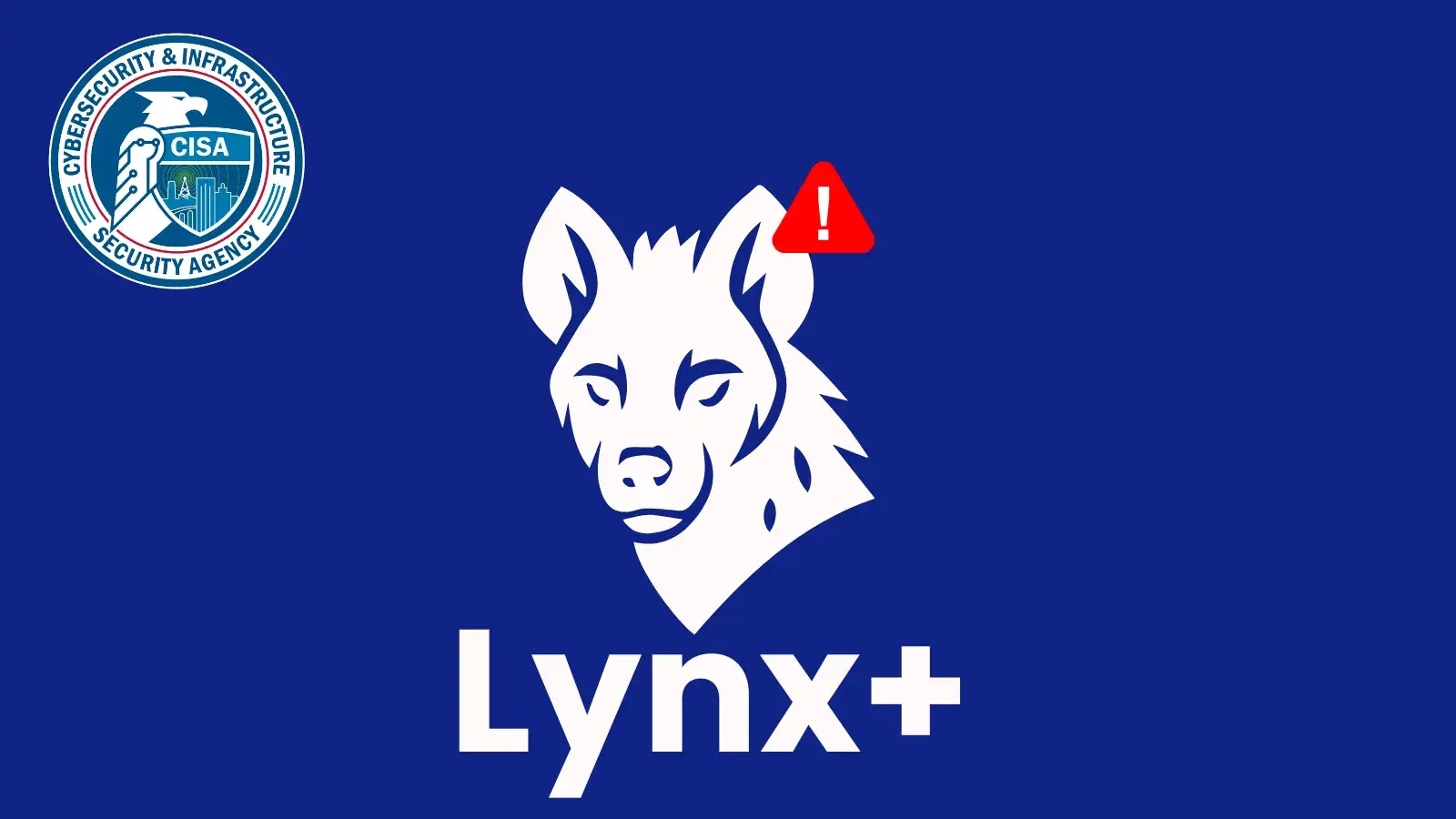Critical Vulnerability in Lynx+ Gateway Devices Exposes Sensitive Data
The Cybersecurity and Infrastructure Security Agency (CISA) has issued an urgent alert regarding a significant security flaw in Lynx+ Gateway devices. This vulnerability, identified as CVE-2025-62765, arises from the device’s failure to encrypt data during transmission, potentially allowing unauthorized parties to intercept and access sensitive information.
Understanding the Vulnerability
Lynx+ Gateway devices are integral components in many organizations’ network infrastructures, facilitating communication between various systems. The identified flaw means that data transmitted through these gateways is sent in cleartext, lacking encryption. Consequently, attackers with network access can monitor traffic and capture confidential data, including plaintext credentials and authentication tokens.
Severity and Impact
CISA has assigned this vulnerability a Common Vulnerability Scoring System (CVSS) v3 base score of 7.5, categorizing it as high severity. The CVSS v4 score is even more critical at 8.7. These scores reflect the ease with which the vulnerability can be exploited and the significant potential impact on confidentiality. Notably, exploiting this flaw requires no authentication or user interaction, making it particularly dangerous.
Technical Details
– CVE ID: CVE-2025-62765
– Product Affected: Lynx+ Gateway
– Vulnerability Type: Cleartext Transmission
– CVSS v3 Score: 7.5 (High)
– CVSS v4 Score: 8.7 (Critical)
– Impact: Exposure of plaintext credentials and sensitive data
The CVSS v3 vector string (AV:N/AC:L/PR:N/UI:N/S:U/C:H/I:N/A:N) indicates that the attack can be executed remotely with low complexity and requires no privileges. The CVSS v4 vector (AV:N/AC:L/AT:N/PR:N/UI:N/VC:H/VI:N/VA:N/SC:N/SI:N/SA:N) confirms the network-based attack vector with minimal barriers to exploitation.
Recommended Actions
Organizations utilizing Lynx+ Gateway devices should take immediate steps to mitigate this vulnerability:
1. Apply Patches Promptly: Monitor for and apply firmware updates or patches provided by the vendor to address this security flaw.
2. Implement Network Segmentation: Limit exposure by segmenting networks to restrict access to sensitive data and systems.
3. Monitor Network Traffic: Establish continuous monitoring to detect unusual or unauthorized activities that may indicate exploitation attempts.
4. Enforce Encrypted Communication: Utilize secure communication protocols to ensure data is encrypted during transmission, reducing the risk of interception.
5. Review Access Logs: Regularly examine logs for signs of unauthorized access or data interception, enabling timely detection and response.
Until official patches are available, administrators should restrict network access to affected gateways and implement additional monitoring controls to detect potential exploitation attempts.
Conclusion
The discovery of CVE-2025-62765 in Lynx+ Gateway devices underscores the critical importance of securing data in transit. Organizations must act swiftly to apply necessary patches and implement robust security measures to protect sensitive information from unauthorized access. Given the severity and ease of exploitation, addressing this vulnerability should be a top priority for all entities relying on Lynx+ Gateway technology.



